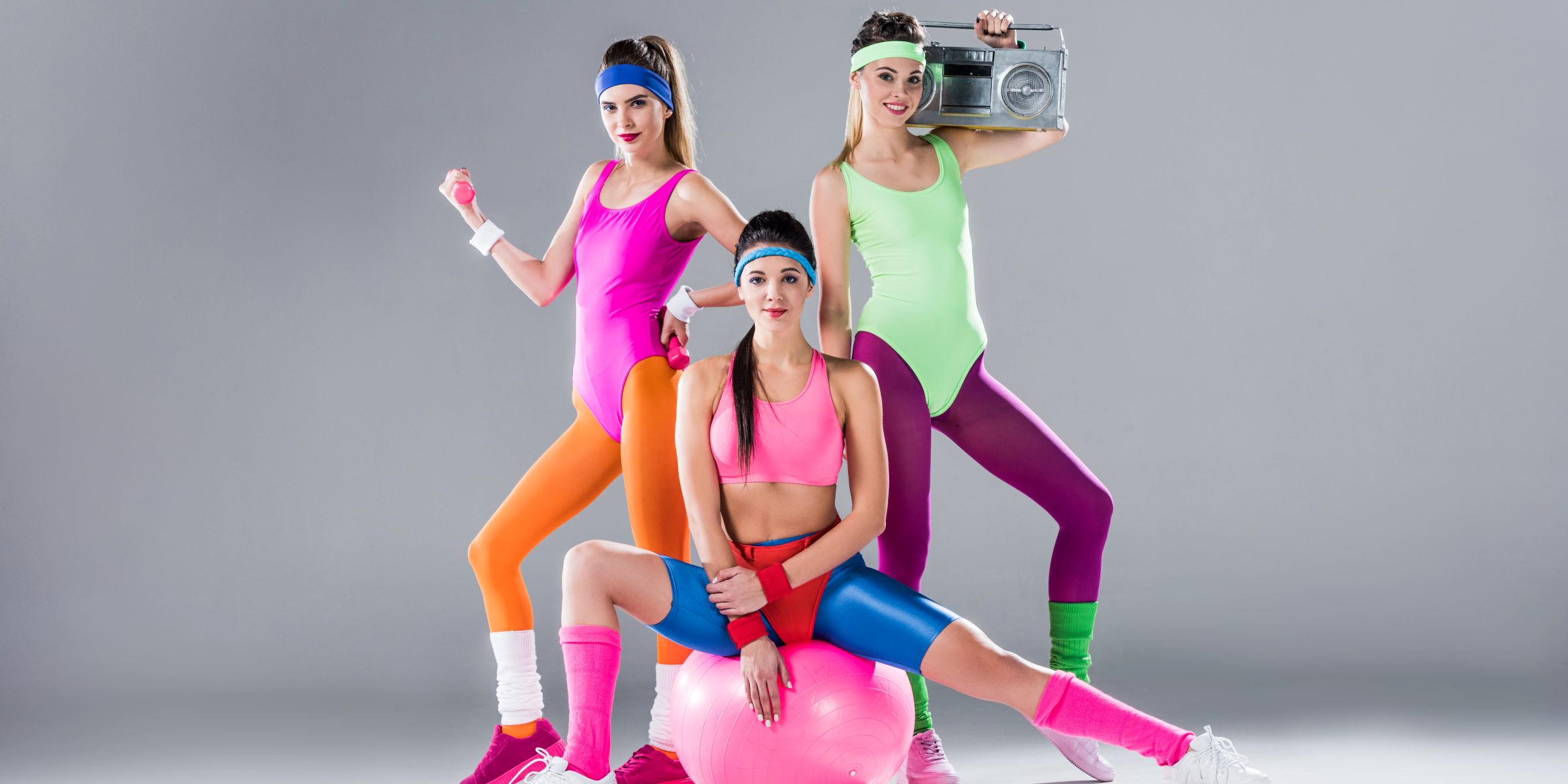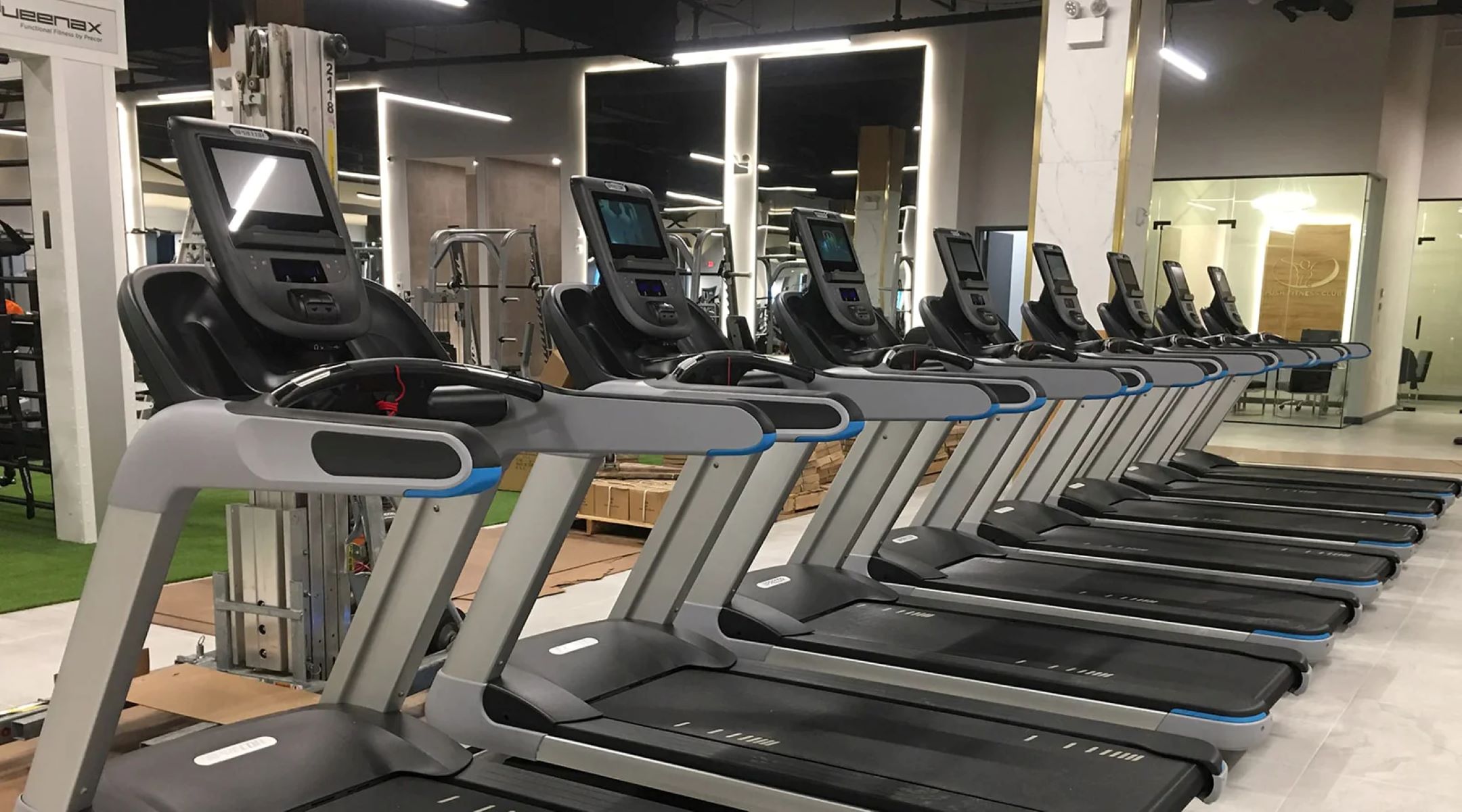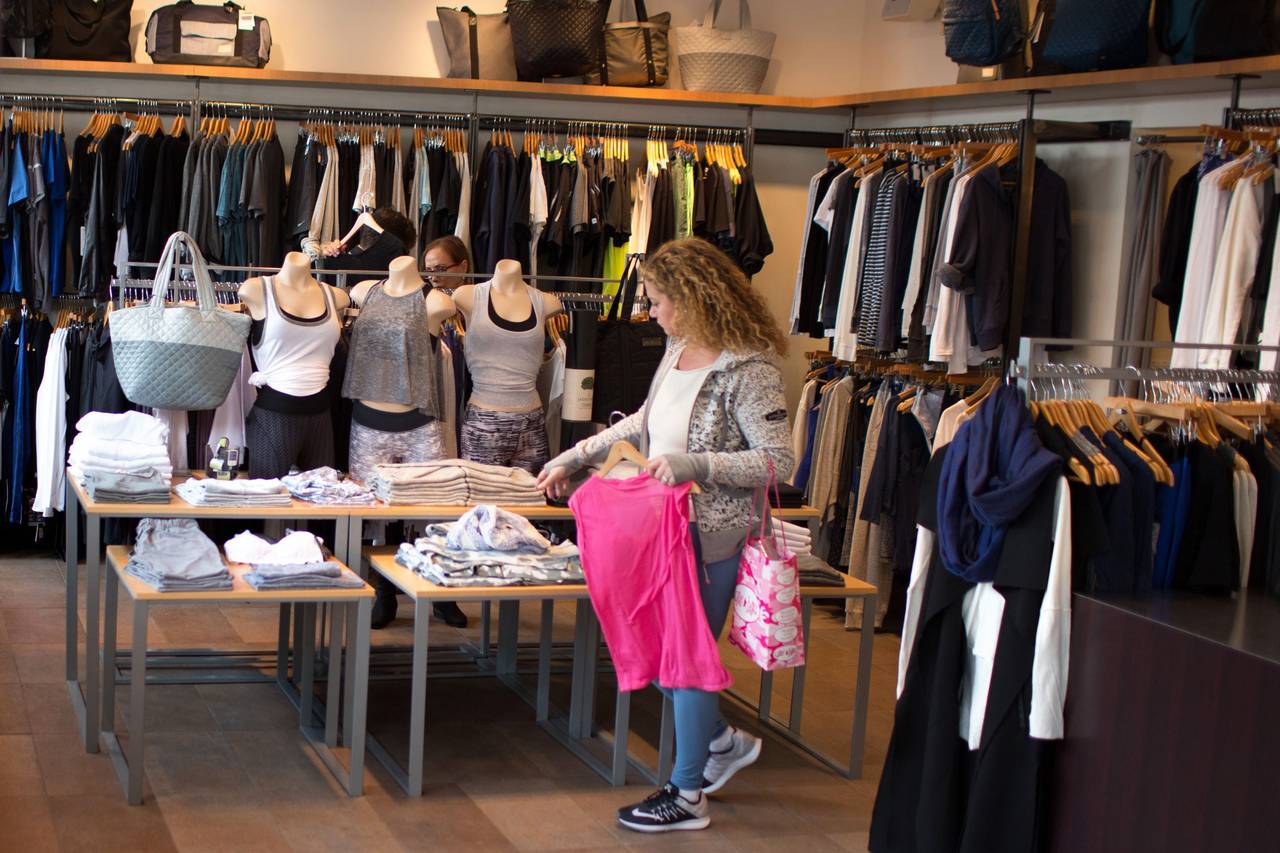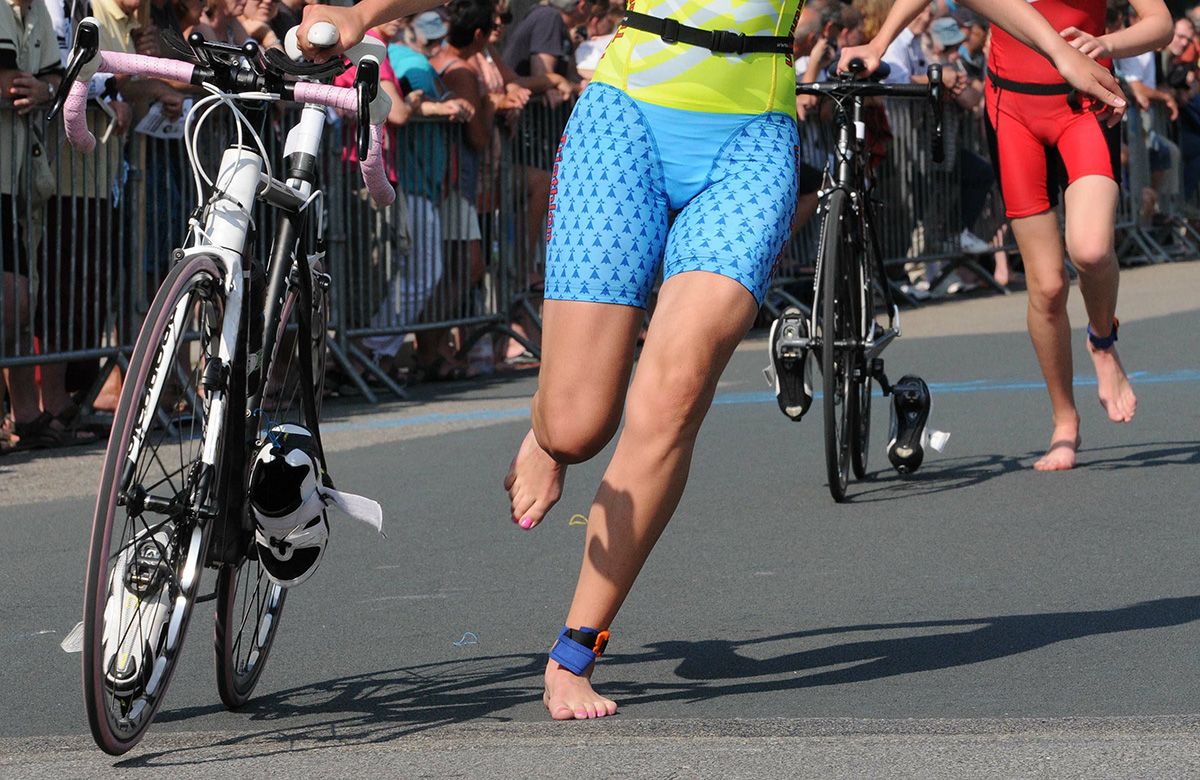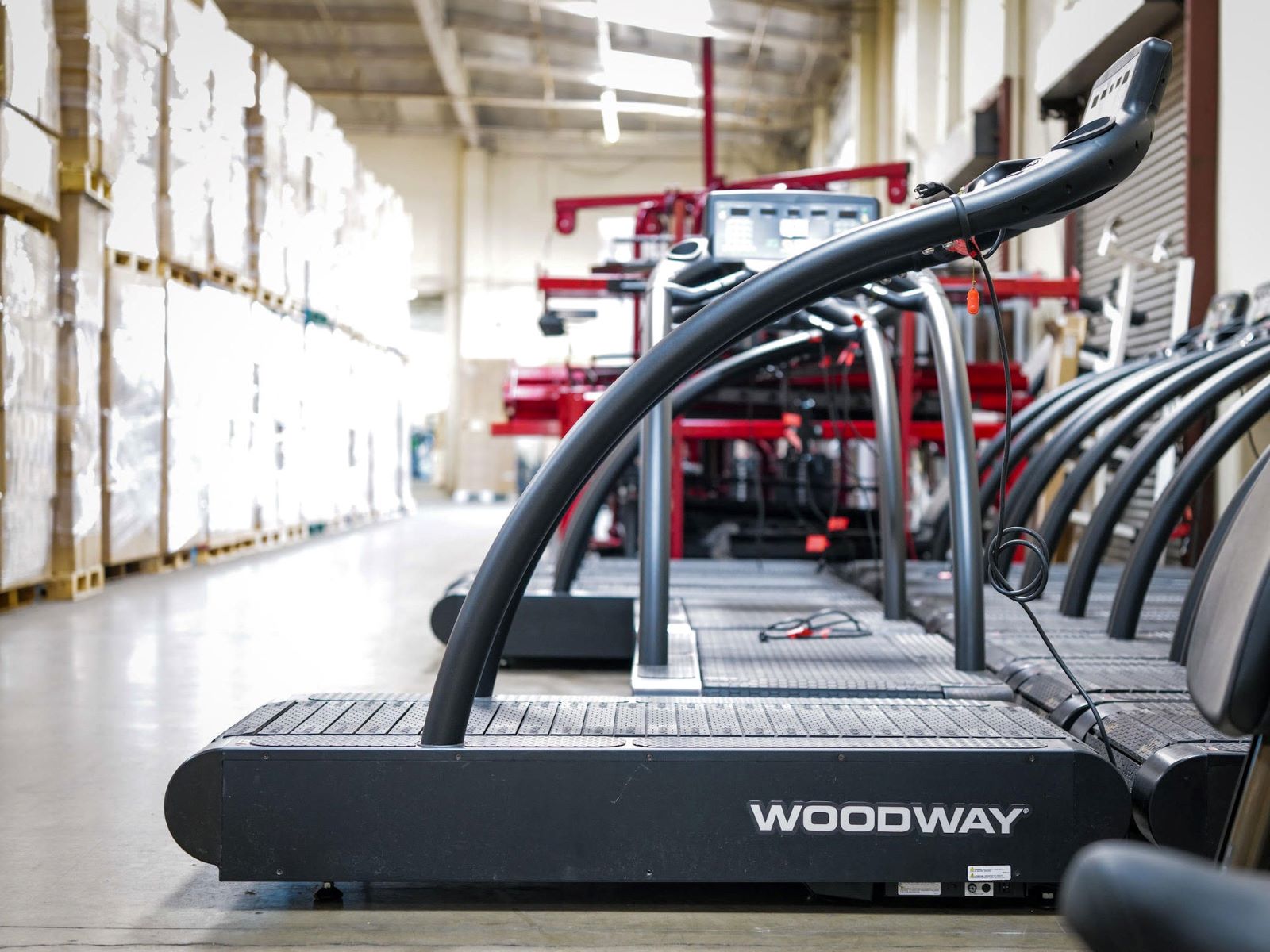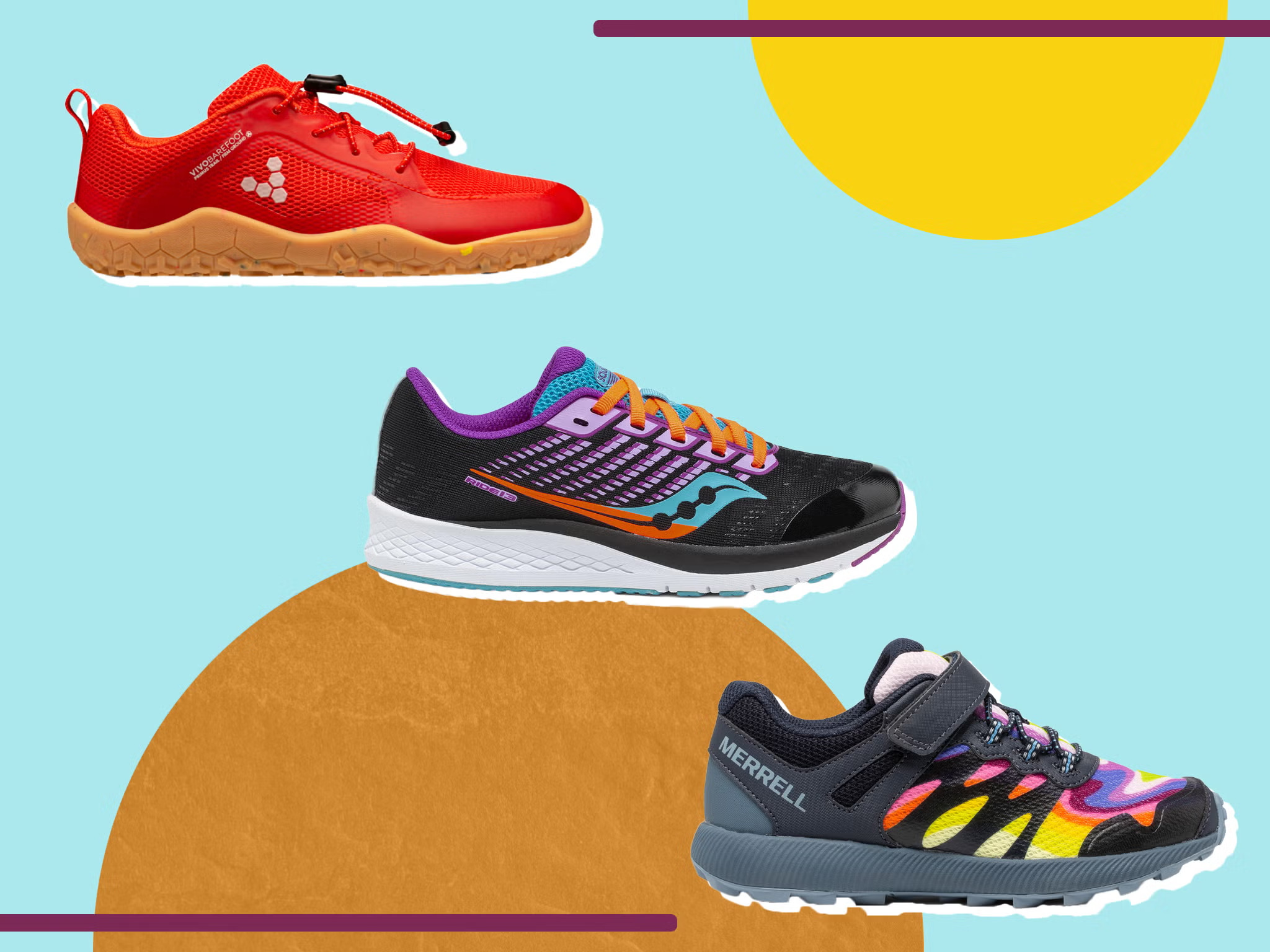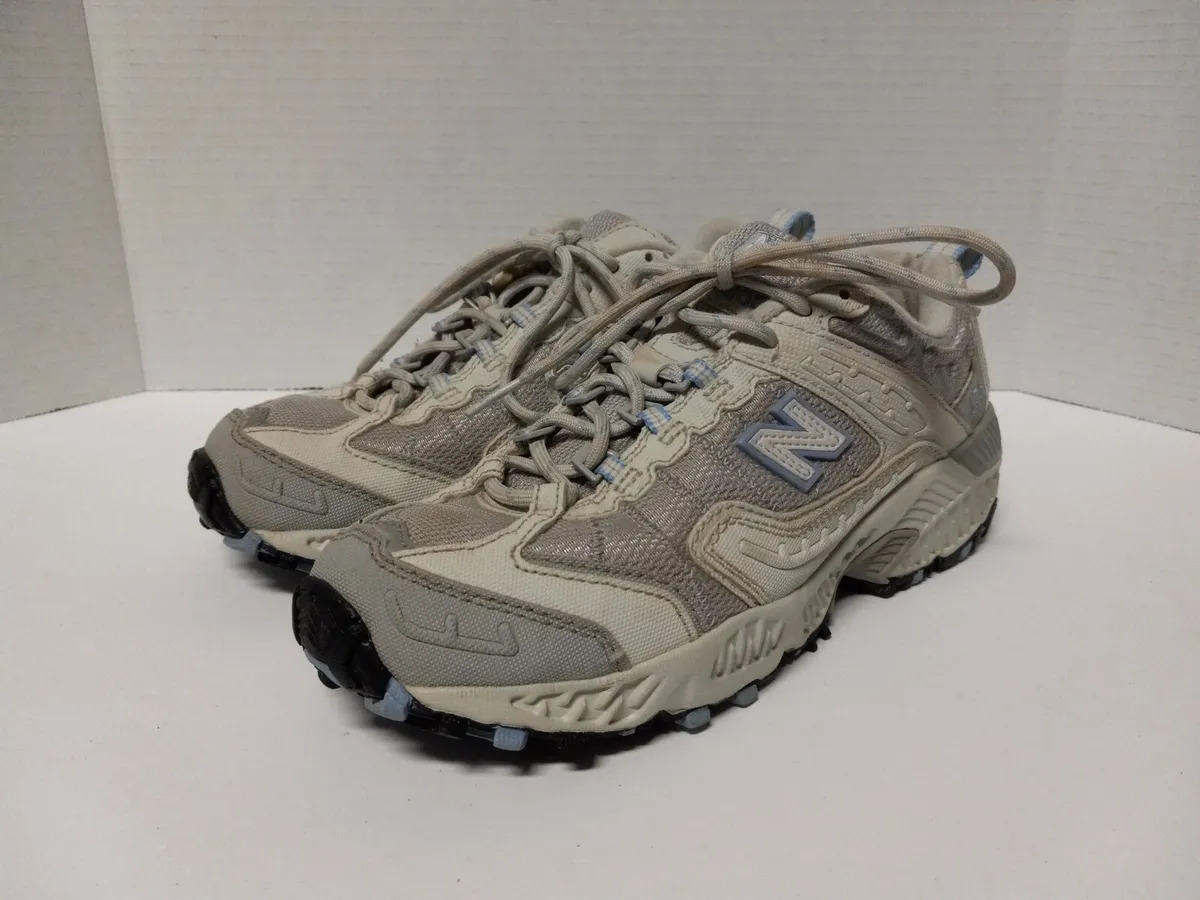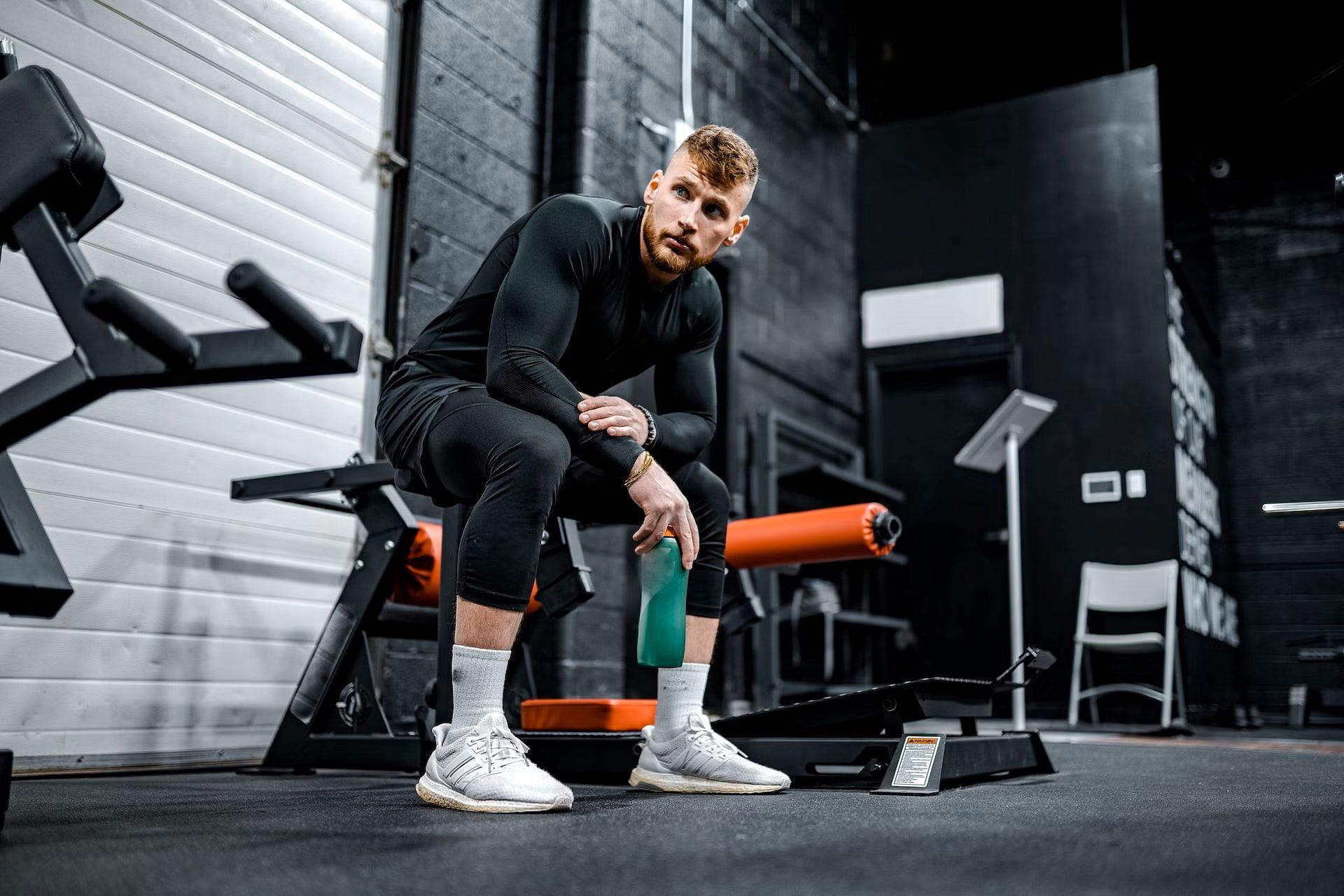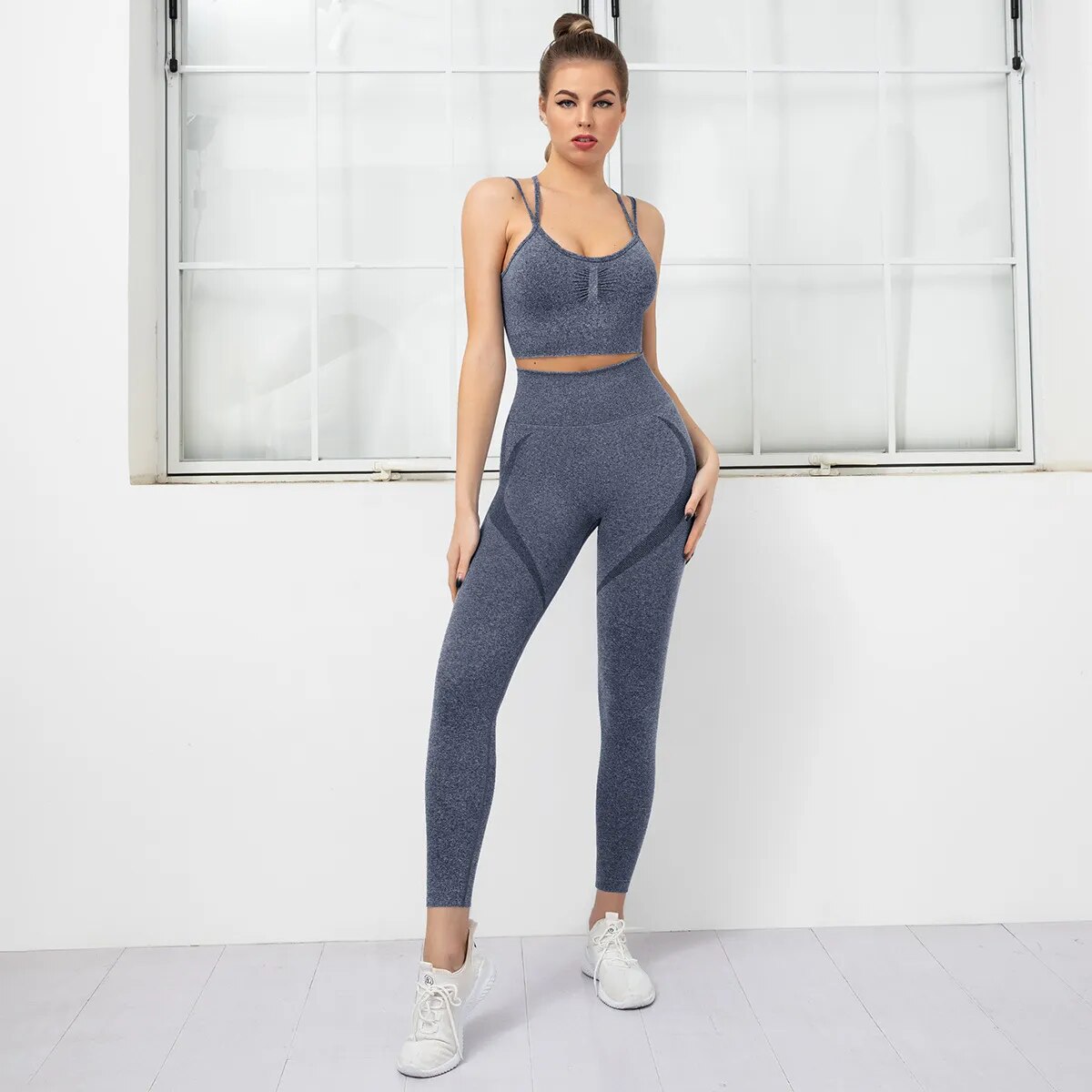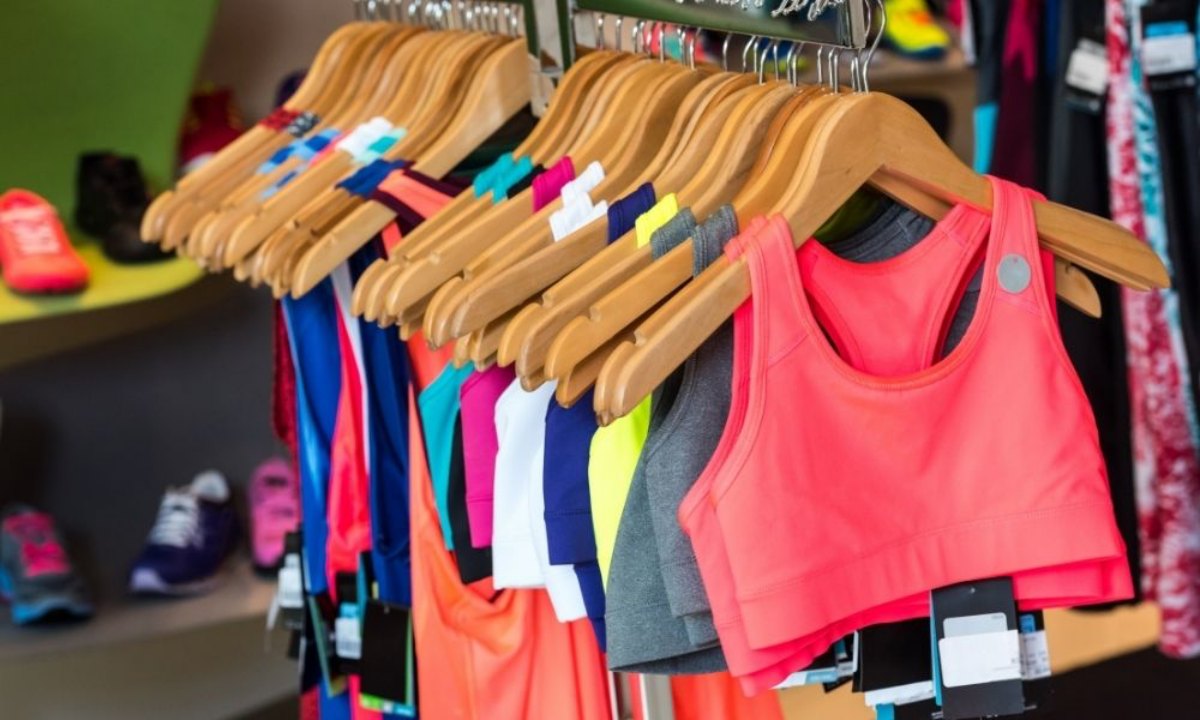

Featured
Who To Sell Athletic Wear To
Modified: May 22, 2024
Looking for featured athletic wear? Find out who to sell to and boost your sales with our expert advice and tips.
Introduction
Welcome to the world of athletic wear, where style meets performance. Whether you’re an athlete, a fitness enthusiast, or someone who simply loves to be active, finding the right athletic wear is essential for optimum comfort and performance. The athletic wear industry has seen tremendous growth in recent years, with more and more people embracing an active lifestyle. As a result, there are countless opportunities to sell athletic wear and cater to the needs of this rapidly expanding market.
In this article, we will explore the various segments within the athletic wear market and identify target audiences that you can focus on when selling athletic wear. From fitness enthusiasts to athletes, sports teams to fashion-forward individuals, there is a wide range of potential customers who are seeking high-quality, fashionable athletic wear to meet their specific needs. By understanding your target audience and tailoring your marketing strategies accordingly, you can effectively promote your athletic wear brand and boost your sales.
So, whether you’re a start-up athletic wear brand looking to reach a specific niche market, or an established company seeking to expand your customer base, this article will provide you with valuable insights and strategies to sell athletic wear to the right audience. Let’s dive in!
Understanding the Athletic Wear Market
Before diving into the specifics of who to sell athletic wear to, it’s crucial to have a comprehensive understanding of the athletic wear market as a whole. Athletic wear encompasses a wide range of clothing and accessories designed for various physical activities, ranging from running and yoga to team sports and outdoor adventures.
In recent years, the athletic wear industry has experienced a remarkable surge in popularity, driven by increasing health consciousness and a growing focus on fitness and wellness. This trend has been further accelerated by the rise of athleisure, a fashion trend that combines athletic wear with everyday fashion, enabling individuals to sport comfortable and stylish outfits both in and out of the gym.
One of the key factors contributing to the success of athletic wear is the emphasis on performance-enhancing features. Advancements in fabric technology, such as moisture-wicking materials, compression fabrics, and breathable fabrics, have revolutionized the industry, offering athletes and fitness enthusiasts garments that can enhance their performance and overall experience during physical activities.
Furthermore, the athletic wear market is not limited to traditional retail stores. E-commerce has played a significant role in transforming the way consumers shop for athletic wear. With the convenience of online shopping, consumers can now browse through a vast selection of brands, compare prices, and read reviews from the comfort of their own homes. This shift in shopping behavior has created new opportunities for both established brands and emerging start-ups to reach and engage with a broader customer base.
It’s also worth noting that the athletic wear market is highly influenced by fashion and trends. While functionality and performance remain essential, consumers are becoming increasingly conscious of the aesthetics and style of their athletic wear. This presents an opportunity for brands to differentiate themselves through innovative designs, colors, and prints, catering to the fashion-forward individuals who prioritize both performance and style.
By understanding these dynamics and trends within the athletic wear market, you can position your brand and products strategically to target the right audience and meet their evolving needs. In the following sections, we will delve into various target audiences for athletic wear and how you can effectively sell to them. Let’s explore!
Identifying the Target Audience for Athletic Wear
When it comes to selling athletic wear, one size does not fit all. To effectively market your products, it’s important to identify and understand your target audience. This will allow you to tailor your messaging, product offerings, and marketing strategies to meet their specific needs and preferences. Here are some key target audiences within the athletic wear market:
- Fitness Enthusiasts: Fitness enthusiasts make up a significant portion of the athletic wear market. These individuals are dedicated to leading an active lifestyle and prioritize comfort, durability, and performance in their athletic wear. They engage in various physical activities like running, yoga, cycling, and strength training. By offering them a range of versatile, moisture-wicking, and flexible garments, you can cater to their active lifestyle needs and position your brand as a go-to choice for fitness enthusiasts.
- Athletes: Athletes, whether amateur or professional, have specific requirements when it comes to athletic wear. Whether it’s a basketball player in need of performance-enhancing basketball shorts or a track and field athlete looking for lightweight and breathable running gear, athletes seek apparel that can optimize their performance on the field or court. Collaborating with athletes, sponsoring sports events, and designing specialized gear endorsed by athletes can help build credibility and attract this target audience.
- Sports Teams: Sports teams often require uniforms and apparel customized with their team logo and colors. Catering to sports teams can be a lucrative segment within the athletic wear market. By offering customization options, bulk pricing discounts, and designing high-quality team uniforms, you can establish strong partnerships with local sports teams and clubs.
- Fitness Studios and Gyms: We can’t overlook the importance of fitness studios and gyms as potential customers for athletic wear. These establishments often have a dedicated customer base that appreciates functional and stylish workout attire. Forming partnerships with fitness studios, offering exclusive discounts to their members, or sponsoring fitness events can help you capture this audience and establish brand visibility within the fitness community.
- Outdoor Enthusiasts: For individuals who love outdoor activities like hiking, camping, and trail running, specialized athletic wear is essential. Outdoor enthusiasts look for garments that offer moisture-wicking properties, weather resistance, and durability. By marketing your athletic wear as suitable for outdoor adventures and highlighting the specific features that cater to these activities, you can attract this adventurous audience.
- Fashion-forward Individuals: Athleisure has become a prominent fashion trend, making athletic wear not only practical but also stylish. Fashion-forward individuals are seeking athleisure pieces that can seamlessly transition from the gym to daily life. By incorporating trendy designs, unique patterns, and bold colors into your collections, you can appeal to this fashion-conscious audience and position your brand at the forefront of athletic fashion.
Identifying your target audience within the athletic wear market allows you to tailor your marketing efforts and product offerings to suit their specific needs and preferences. By understanding the unique requirements and aspirations of each target audience, you can effectively position your brand and build strong connections with your customers. In the following sections, we will delve into strategies for selling athletic wear to these target audiences. Let’s dive in!
Selling Athletic Wear to Fitness Enthusiasts
Fitness enthusiasts make up a significant portion of the athletic wear market and represent a valuable target audience. These individuals prioritize comfort, functionality, and performance in their workout attire. To effectively sell athletic wear to fitness enthusiasts, consider the following strategies:
1. Emphasize Functionality: Fitness enthusiasts are looking for athletic wear that can keep up with their active lifestyle. Highlight the functional features of your products, such as moisture-wicking fabric, breathability, and flexibility. By showcasing how your athletic wear enhances performance and provides maximum comfort during workouts, you can attract fitness enthusiasts who prioritize functionality.
2. Offer Versatile Options: Fitness enthusiasts engage in a variety of physical activities, from running and yoga to weightlifting and cycling. Cater to their diverse workout routines by offering a range of athletic wear that can be worn for different activities. Consider designing versatile pieces that can transition seamlessly from one activity to another, allowing fitness enthusiasts to get the most out of their workout wardrobe.
3. Focus on Durability: Fitness enthusiasts are often frequent exercisers, which means their athletic wear needs to withstand regular use and washing. Highlight the durability and long-lasting quality of your products to assure customers that your athletic wear can withstand rigorous workouts without losing shape or color. This builds trust and encourages repeat purchases.
4. Provide Size and Fit Options: Fitness enthusiasts come in all shapes and sizes. Offering a wide range of sizes and fit options, including plus sizes and petite sizes, demonstrates inclusivity and ensures that everyone can find the perfect fit. Consider incorporating adjustable features, such as drawstrings or elastic waistbands, to accommodate different body types.
5. Engage with Fitness Communities: Establishing a presence within fitness communities can greatly benefit your brand. Partner with fitness influencers or bloggers who have a strong following in the fitness community to promote your athletic wear. Collaborate with gyms, fitness studios, or online fitness platforms to offer exclusive discounts or host fitness events, elevating your brand’s visibility and credibility among fitness enthusiasts.
6. Create Engaging Content: To connect with fitness enthusiasts, focus on creating valuable and engaging content related to fitness and wellness. Develop a blog or social media platform where you share inspiring stories, workout tips, and style inspiration. By positioning your brand as an authority and source of inspiration in the fitness world, you can attract fitness enthusiasts who align with your brand’s values.
7. Provide Exceptional Customer Service: Fitness enthusiasts are passionate about their fitness journey and appreciate brands that share their enthusiasm. Provide exceptional customer service by promptly addressing inquiries, offering personalized recommendations, and going the extra mile to ensure customer satisfaction. This builds trust and loyalty, encouraging fitness enthusiasts to become repeat customers and advocates for your brand.
By utilizing these strategies, you can effectively sell athletic wear to fitness enthusiasts, capturing their attention and earning their loyalty. Remember to stay agile and continuously adapt to evolving fitness trends and consumer preferences, ensuring that your brand remains relevant and appealing to this dynamic target audience.
Selling Athletic Wear to Athletes
Athletes, whether amateur or professional, have specific needs when it comes to athletic wear. They require high-performance gear that can enhance their physical abilities and withstand the intense demands of their sport. To effectively sell athletic wear to athletes, consider the following strategies:
1. Collaborate with Athletes: Collaborating with athletes can help elevate your brand’s credibility and attract the attention of athletes in your target sport. Sponsor athletes or form partnerships with sports organizations to create specialized athletic wear endorsed by professional athletes. This can not only increase brand visibility but also establish a strong association with performance and top-tier sportsmanship.
2. Tailor to Sport-Specific Needs: Different sports have unique requirements when it comes to athletic wear. Research the specific needs of athletes in different sports, such as basketball, soccer, or running, and design specialized gear to cater to those needs. Consider factors like flexibility, moisture-wicking capabilities, impact resistance, and movement freedom to provide athletes with apparel that can enhance their performance and experience in their respective sports.
3. Highlight Performance-Enhancing Features: Athletes are constantly seeking ways to improve their performance. Highlight the performance-enhancing features of your athletic wear, such as compression technology, targeted ventilation, or specialized fabrics, that can help athletes optimize their abilities. By showcasing how your products can positively impact an athlete’s performance, you can grab their attention and differentiate your brand from competitors.
4. Focus on Endurance and Durability: Athletes put their gear through rigorous use and require athletic wear that can withstand the demands of competitive sports. Emphasize the durability and long-lasting quality of your products to assure athletes that your gear can withstand intense training sessions and tournament play. This builds trust and positions your brand as a reliable choice for athletes seeking high-quality athletic wear.
5. Offer Customization Options: Athletes take pride in representing their team or personal brand. Offering customization options, such as team logos, player names, or personalized designs, can greatly appeal to athletes. Collaborate with sports teams, schools, or individual athletes to design and produce customized athletic wear that suits their unique needs and style preferences.
6. Engage with Sports Communities: To reach athletes effectively, engage with sports communities both online and offline. Utilize social media platforms to connect with athletes and share relevant content, such as interviews, training tips, and behind-the-scenes videos. Participate in sports events or competitions to showcase your athletic wear and interact directly with athletes. By immersing yourself in the sports community, you can build brand awareness and loyalty among athletes.
7. Provide Performance-Based Guarantees: Athletes strive for excellence and demand the best from their gear. Offer performance-based guarantees or warranties that assure athletes of the quality and performance of your athletic wear. This gives them confidence in their purchase decisions and reinforces your brand’s commitment to athlete satisfaction.
Selling athletic wear to athletes requires a deep understanding of their specific needs and a commitment to providing high-performance gear that can boost their abilities. By implementing these strategies, you can effectively position your brand as a trusted choice for athletes, earning their loyalty and becoming their go-to source for top-quality athletic wear.
Selling Athletic Wear to Sports Teams
Sports teams present a unique opportunity in the athletic wear market. From professional teams to local amateur clubs, sports teams often require customized uniforms and apparel. Selling athletic wear to sports teams involves catering to their specific needs and providing high-quality gear that represents their team identity. Here are some strategies to effectively sell athletic wear to sports teams:
1. Offer Customization and Team Branding: Sports teams value uniforms and apparel that showcase their team identity. Provide customization options such as team logos, colors, and personalized designs. Collaborate with sports teams to create unique and eye-catching uniforms that represent their brand. By offering tailored solutions, you can position your brand as the go-to choice for team uniforms.
2. Provide Bulk Pricing and Discounts: Sports teams often require a large quantity of athletic wear for their players. Offering bulk pricing discounts or special team packages can attract sports teams looking for cost-effective solutions. Providing competitive pricing options for larger orders can help you secure contracts with sports teams, ensuring a steady stream of business.
3. Focus on Comfort and Performance: Sports teams rely on athletic wear that allows their athletes to perform at their best. Highlight the comfort, flexibility, and performance-enhancing features of your products when pitching to sports teams. Emphasize technologies like moisture-wicking fabrics, stretchable materials, and breathability that can contribute to enhanced performance on the field or court.
4. Develop Relationships with Team Organizers and Coaches: Building strong relationships with team organizers, coaches, and decision-makers is crucial. Attend sports events, trade shows, or competitions where team representatives are present. Engage in conversations, offer product samples, and share success stories of other teams that have chosen your brand. By establishing trust and rapport, you can increase the likelihood of securing contracts with sports teams.
5. Provide Quick Turnaround Times: Sports teams often have tight deadlines when it comes to obtaining their uniforms and apparel. Offering quick turnaround times and efficient order processing can give your brand a competitive edge. Establish streamlined production processes to ensure that sports teams receive their custom uniforms promptly.
6. Sponsorships and Partnerships: Partnering with sports teams or sponsoring local clubs can help enhance brand visibility and credibility. Sponsoring sports teams allows you to showcase your athletic wear in action while establishing a strong connection with the team and its fanbase. This exposure can attract other teams and individuals who want to align themselves with a trusted and established brand.
7. Maintain Exceptional Quality: Sports teams rely on athletic wear that is durable, long-lasting, and withstands the rigors of intense play and frequent washing. Emphasize the exceptional quality and craftsmanship of your products, demonstrating to sports teams that your gear can endure the demands of their sport season after season. Proving your commitment to delivering high-quality products will help gain the trust and loyalty of sports teams.
By utilizing these strategies and understanding the unique needs of sports teams, you can successfully sell athletic wear tailored to their requirements. Capturing the sports team market can provide a steady stream of business and increase brand visibility within the sports community.
Selling Athletic Wear to Fitness Studios and Gyms
Fitness studios and gyms are thriving businesses that attract a steady stream of active individuals who value quality athletic wear. Selling athletic wear to fitness studios and gyms requires understanding their unique needs and positioning your brand as a trusted partner. Here are some strategies to effectively sell athletic wear to fitness studios and gyms:
1. Offer Exclusive Discounts and Partnerships: Provide fitness studios and gyms with exclusive discounts on your athletic wear products. Building a partnership allows you to reach their members directly and showcase your brand within their community. Offer special pricing options for bulk orders, ensuring cost-effective solutions for fitness studios and gyms.
2. Focus on Performance and Comfort: Fitness enthusiasts who frequent studios and gyms prioritize comfort and performance in their athletic attire. Emphasize the performance-enhancing features of your products, such as moisture-wicking materials, breathable fabrics, and flexibility. Position your athletic wear as the ideal choice for individuals looking to optimize their workouts.
3. Engage in Co-Branding: Collaborate with fitness studios and gyms to create co-branded athletic wear. Featuring the logo or name of the studio or gym on your products reinforces the sense of community and loyalty among its members. Co-branded apparel can serve as a marketing tool for the fitness studio or gym while expanding your brand’s reach.
4. Develop a Referral Program: Offer incentives for fitness studios and gyms to refer their members to your athletic wear brand. This mutually beneficial arrangement encourages fitness studios and gyms to promote your products to their members, boosting both brand awareness and sales. Consider offering a commission or exclusive discounts for every referral that results in a purchase.
5. Provide Variety and Style Options: Fitness studios and gyms cater to a diverse range of individuals with different preferences and style preferences. Offer a wide variety of athletic wear options, including different colors, designs, and styles. Consider conducting surveys or getting feedback from fitness studios and gyms to understand the specific needs and preferences of their members.
6. Showcase Brand Values: Fitness studios and gyms often have unique brand values and philosophies. Align your brand with these values by highlighting your commitment to sustainability, inclusivity, or social responsibility. This helps fitness studios and gyms see your brand as a compatible partner who shares their values and can enhance their overall brand image.
7. Participate in Fitness Events: Fitness expos, wellness fairs, and fitness competitions are great opportunities to showcase your athletic wear and engage with fitness studios and gyms. Set up a booth, offer product demonstrations, and provide exclusive event discounts. Establishing a presence at these events allows you to connect directly with fitness professionals and enthusiasts while expanding brand visibility.
By implementing these strategies, you can effectively sell athletic wear to fitness studios and gyms, tapping into their steady customer base and positioning your brand as a trusted choice for quality athletic attire.
Selling Athletic Wear to Outdoor Enthusiasts
Outdoor enthusiasts are individuals who love to immerse themselves in nature and engage in adventurous activities like hiking, camping, trail running, and more. These individuals require athletic wear that can withstand various weather conditions, provide comfort, and offer functionality tailored to their outdoor pursuits. Selling athletic wear to outdoor enthusiasts involves understanding their specific needs and positioning your brand as the go-to choice for outdoor adventures. Here are some strategies to effectively sell athletic wear to outdoor enthusiasts:
1. Emphasize Weather Resistance: Outdoor enthusiasts often encounter various weather conditions, from rain and wind to extreme heat and cold. Highlight the weather-resistance features of your athletic wear, such as water-repellent fabrics, windproof materials, and UV protection. Assure outdoor enthusiasts that your gear can keep them comfortable and protected, regardless of the elements they may encounter.
2. Showcase Durability and Longevity: The ruggedness of outdoor activities demands athletic wear that can withstand the wear and tear of the trail. Highlight the durability and long-lasting quality of your products, assuring outdoor enthusiasts that your gear can endure the demands of their adventures. Utilize durable fabrics, reinforced stitching, and quality construction to reinforce the longevity of your athletic wear.
3. Offer Appropriate Layering Options: Temperature fluctuations are common during outdoor activities. Create layering options within your athletic wear line, allowing outdoor enthusiasts to adapt their clothing to changing conditions. Offer base layers for moisture-wicking, mid-layers for insulation, and outer layers for protection against wind and rain. Providing versatile layering options ensures that outdoor enthusiasts can stay comfortable throughout their adventures.
4. Promote Functionality and Storage: Outdoor enthusiasts often require specialized features in their athletic wear. Consider adding functional details such as multiple pockets for storage, adjustable hoods for protection, and ventilation options for breathability. This demonstrates an understanding of their needs and provides convenience during outdoor activities.
5. Highlight Versatility: Outdoor enthusiasts engage in a wide range of activities, from hiking and mountaineering to kayaking and rock climbing. Showcase the versatility of your athletic wear by demonstrating its suitability for multiple outdoor pursuits. For example, mention how your gear can transition seamlessly from hiking trails to backcountry skiing, or from camping to trail running. This broad appeal increases the attractiveness of your brand to a variety of outdoor enthusiasts.
6. Engage with Outdoor Communities: Establish a presence within outdoor communities to connect with outdoor enthusiasts. Participate in outdoor events, sponsor outdoor competitions, or collaborate with outdoor influencers to promote your athletic wear. Engaging with these outdoor communities allows you to directly reach your target audience and build brand recognition among outdoor enthusiasts.
7. Create Educational Content: Outdoor enthusiasts appreciate brands that not only sell gear but also provide educational resources. Create informative content, such as blogs or videos, that offer tips on outdoor gear selection, packing lists, or safety guidelines. By positioning your brand as a trusted source of knowledge in outdoor activities, you can build trust and credibility with outdoor enthusiasts.
Selling athletic wear to outdoor enthusiasts requires a focus on functionality, durability, and versatility. By understanding their needs and implementing these strategies, you can effectively position your brand as the preferred choice for outdoor adventures.
Selling Athletic Wear to Fashion-forward Individuals
Athletic wear has become a prominent fashion trend, extending beyond the gym and into everyday fashion. Fashion-forward individuals seek athletic wear that not only offers functionality and comfort but also makes a stylish statement. Selling athletic wear to fashion-forward individuals involves understanding their desire for trendy, fashion-forward designs and positioning your brand as a leader in athletic fashion. Here are some strategies to effectively sell athletic wear to fashion-forward individuals:
1. Incorporate Trendy Designs: Stay attuned to current fashion trends and incorporate them into your athletic wear designs. Experiment with unique patterns, bold colors, and trendy cuts and silhouettes. By offering fashion-forward designs, you can cater to the style preferences of fashion-conscious individuals who want to make a statement with their athletic attire.
2. Focus on Versatility: Fashion-forward individuals appreciate clothing that can be effortlessly styled for both workouts and casual outings. Highlight how your athletic wear can seamlessly transition from the gym to streetwear. Showcase outfit ideas and style inspiration to demonstrate the versatility of your products, appealing to individuals who prioritize both fashion and functionality.
3. Collaborate with Fashion Influencers: Partner with fashion influencers who have a strong following and influence in the fashion industry. Collaborate on branded collections or sponsor influencer campaigns to promote your athletic wear to their fashion-forward audience. The endorsement of fashion influencers can greatly enhance your brand’s visibility and appeal to fashion-conscious individuals.
4. Utilize Social Media Marketing: Social media platforms like Instagram and TikTok are key channels for reaching fashion-forward individuals. Create visually appealing content that showcases your athletic wear in stylish and fashionable ways. Engage with your audience by encouraging user-generated content and leveraging popular fashion hashtags to expand your reach.
5. Highlight Unique Details and Materials: Fashion-forward individuals appreciate attention to detail and unique materials. Highlight special features like mesh panels, cutouts, and innovative fabric technologies in your athletic wear. Emphasize how these design elements elevate your products and set them apart from competitors.
6. Collaborate with Fashion Brands: Forge collaborations with fashion brands that share a similar aesthetic or target audience. By partnering with established fashion brands, you can tap into their customer base and introduce your athletic wear to a broader audience of fashion-forward individuals. These collaborations can take the form of limited-edition collections or joint marketing campaigns.
7. Support Sustainable Fashion: Fashion-forward individuals often value sustainable and ethical fashion practices. Incorporate sustainable materials, eco-friendly manufacturing processes, and ethical sourcing into your brand’s messaging. Communicate your commitment to sustainability and social responsibility, attracting fashion-forward individuals who prioritize both style and eco-consciousness.
By implementing these strategies and positioning your brand as a leader in athletic fashion, you can successfully sell athletic wear to fashion-forward individuals. Capitalize on their desire for trendy designs, versatility, and sustainability to establish your brand at the forefront of athletic fashion.
Conclusion
The world of athletic wear offers numerous opportunities for businesses to thrive by catering to specific target audiences. Understanding the athletic wear market as a whole, identifying the target audience, and tailoring marketing strategies accordingly are essential in effectively selling athletic wear. From fitness enthusiasts and athletes to sports teams, fitness studios, outdoor enthusiasts, and fashion-forward individuals, each audience has distinct needs and preferences when it comes to athletic wear.
For fitness enthusiasts, emphasizing functionality, versatility, and durability are key. Providing gear that enhances their performance and comfort during workouts is crucial. Athletes require high-performance athletic wear that can withstand intense training and competition, focusing on performance-enhancing features is essential in capturing their attention. Sports teams seek customized uniforms and apparel to represent their brand, offering customization options and exclusive discounts can attract their business.
Fitness studios and gyms have a steady stream of active individuals who prioritize comfort and performance in their athletic attire. Offering exclusive discounts, focusing on functionality, and engaging with fitness communities are effective strategies to sell athletic wear to this audience. Outdoor enthusiasts require athletic wear that can withstand various weather conditions while offering functionality and practicality during outdoor activities. Emphasizing weather resistance, durability, and versatility appeal to this adventurous audience.
Lastly, fashion-forward individuals seek athletic wear that merges fashion and function seamlessly. Incorporating trendy designs, collaborating with fashion influencers, and highlighting unique details attract this style-conscious audience. By catering to the needs and preferences of each target audience, you can position your brand as a trusted choice and develop a loyal customer base.
In conclusion, the athletic wear market is vast and diverse, with various segments that offer immense potential for businesses. By understanding the dynamics of the market and effectively targeting specific audiences, you can successfully sell athletic wear and establish your brand as a leader in the industry. Keep evolving with the latest trends, embracing innovation, and consistently delivering exceptional quality to stay ahead of the competition in this dynamic market.
